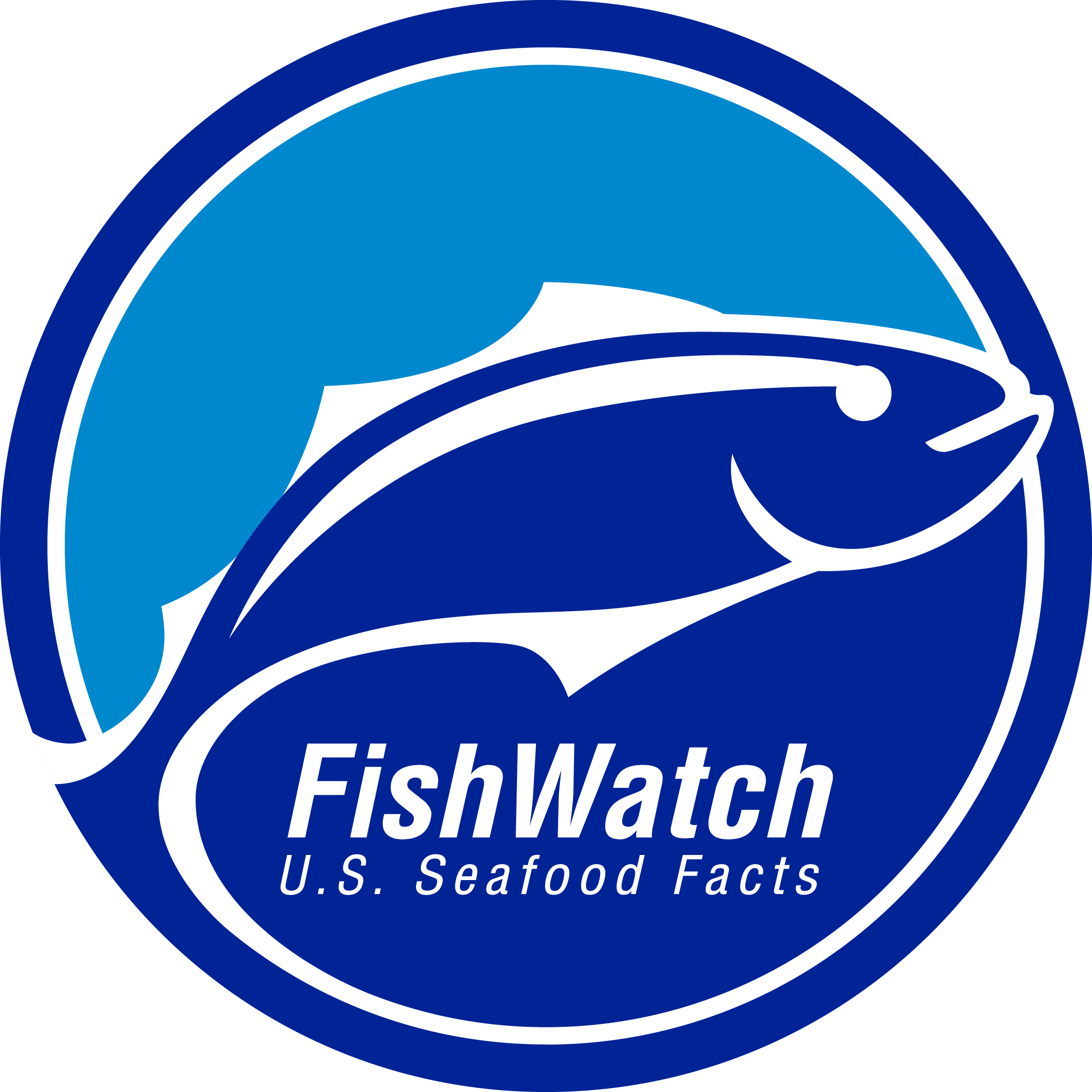
BROADBILL SWORDFISH (MEKAJIKI)
Hawaii Market Names: mekajiki, shutome
Scientific Name: Xiphias gladius
Hawaiian Name: A`u
Japanese Name: Mekajiki
Swordfish, also known as broadbill, broadbill swordfish, mekajiki or shutome in Hawaii, are the most widely distributed of all billfish in the Pacific Ocean. Swordfish caught in Hawaiian waters are between 10 and 600 pounds with most weighing in at 100 to 300 pounds.
Hawaii is the major source of domestic swordfish in America. Hawaii swordfish is superior in quality and is preferred over foreign imports by U.S. customers who have high standards. Most of the catch is flown to key markets on the East Coast, where it brings a premium price. All of Hawaii’s swordfish are landed, marketed fresh and sold at the Honolulu fish auction, where most wholesalers acquire their fish for local, domestic and export sales.
Swordfish flesh may vary from pale to pinkish, probably depending on diet prior to capture. In either case, good quality is indicated by red blood lines bordering the loin or fillet. Its flavor is mild.
Since the majority of the top grade, high-quality fish are shipped to the mainland, the Hawaii market is only beginning to discover how wonderful this fish is. Mekajiki is starting to appear on menus. Premium swordfish tends to have a high oil content, a rich flavor and has a texture that is as close to that of premium cuts of beef as any fish available in the market.
Blue marlin (kajiki) and striped marlin (nairagi) are sometimes incorrectly retailed in Hawaii supermarkets under the name “Hawaiian swordfish.” There is only one true swordfish species and no other fish like it in terms of taste and texture. This is why swordfish is considered the premium grilling fish in America.
FISHING METHODS
All Hawaii swordfish are line-caught. Longline boats fishing considerable distances from Hawaii land the overwhelming majority of the catch. Swordfish are only occasionally caught by handliners and trollers. Fresh Hawaii swordfish are not caught by gill nets or by harpoons as they are in other fisheries that supply the fresh and frozen swordfish market.
SEASONALITY
The Hawaii swordfish season begins in January and the majority of the catch is landed from January to May.
PREPARATION NOTES
Texture: Firm
Flavor: Mild
Suggested Preparations: Grilled, Broiled, Raw
Ideal for grilling, Hawaii swordfish is in great demand in restaurants and retail markets across the U.S.A., especially along the East Coast. It’s one of many species prepared as sashimi in Japan, and its use is increasing in Hawaii.
HEALTH & NUTRITION
Hawaii swordfish, also known as mekajiki, is an excellent source of lean protein. It is rich in niacin, vitamin B12, phosphorus and selenium and it is also low in sodium. Swordfish is a good source of vitamin B6 and iodine. Swordfish also provides about 1200 mg of omega-3’s (DHA and EPA) per 4 ounce serving of fresh fish. Click here for nutritional labels and claims.
Click here to download a two-page description of this species.
SUSTAINABILITY
Current status: Hawaii swordfish are being fished sustainably. Overfishing is not occurring in the Hawaii fishery or in the western and central Pacific. Population is not overfished.

Visit our Sustainability page the Pacific Swordfish page at NOAA’s FishWatch.gov for more information.
The FishWatch™ emblem is a registered trademark of the National Oceanic and Atmospheric Administration and is used with permission.

